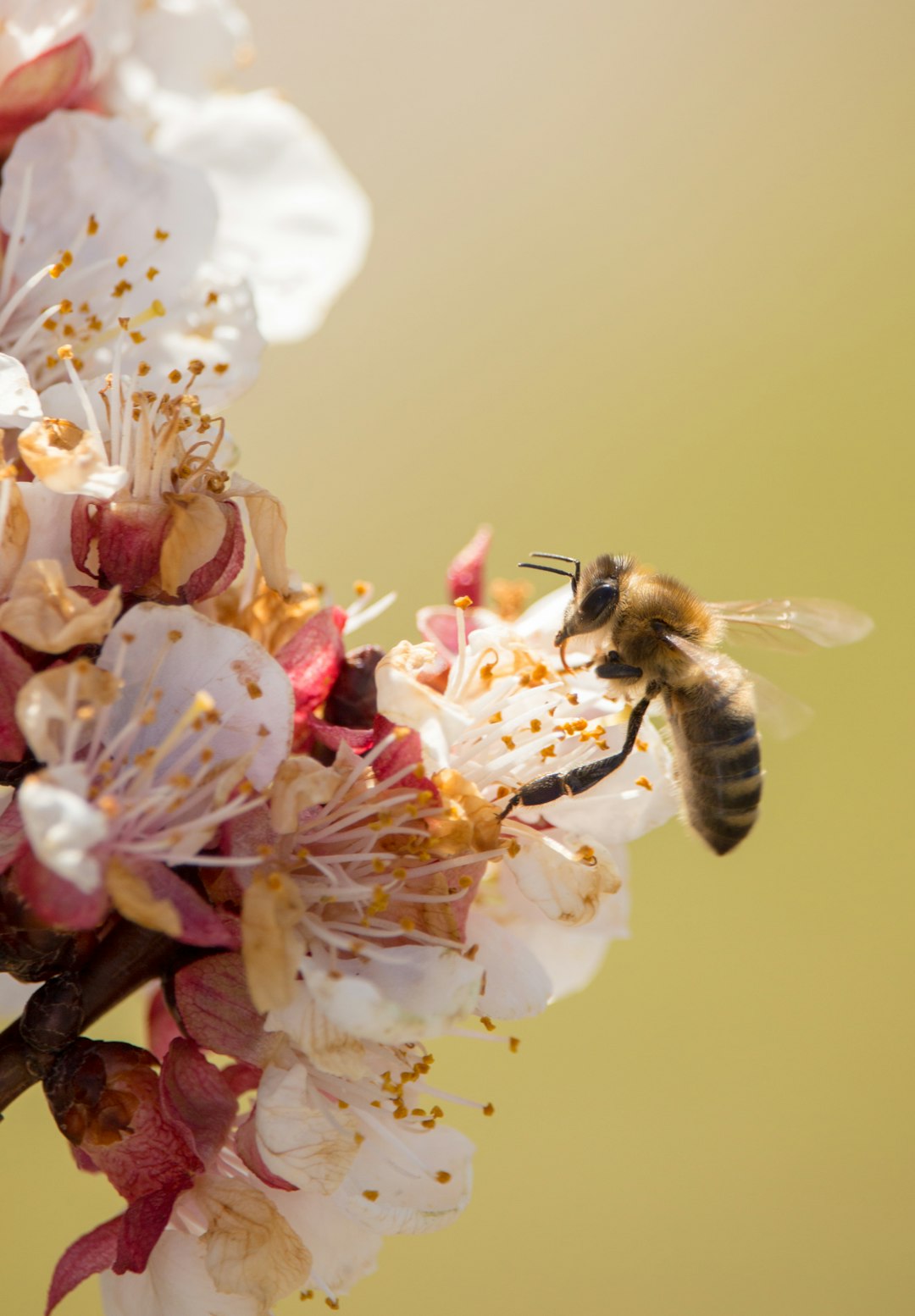The Majestic Mane: Learning about Lions and their Unique Features
When we think of awe-inspiring creatures of the wild, lions are often the first to come to mind. With their regal, unruly manes and fierce presence, these magnificent animals have always fascinated and captivated our imaginations. From the African savannas to the pages of storybooks and the silver screen, lions have become iconic symbols of power and courage. In this blog post, we delve into the unique features and characteristics of these kings of the jungle.
One of the most distinctive features of lions is, undoubtedly, their majestic mane. This thick, flowing fur around their necks sets them apart from their female counterparts and other big cat species. The mane serves multiple purposes, including protection, intimidation, and attraction. It acts as a shield during fights, providing a barrier against bites from rival males. Additionally, the size and darkness of a lion’s mane often signals its dominance and reproductive fitness to potential mates. The mane also acts as a visual deterrent, making the lion appear larger and more intimidating to potential predators.
Lions are known for their incredible strength and speed. Their powerful muscles allow them to bring down large prey, such as wildebeests and buffalo, with ease. They are excellent sprinters and can reach speeds of up to 50 miles per hour in short bursts. Although they are not known for their endurance, lions have the ability to maintain a steady pace over long distances while hunting. Their physical prowess combined with their hunting strategies, often involving a cooperative effort with fellow pride members, makes them formidable predators.
But it’s not just their physical attributes that make lions exceptional creatures. They also possess a complex social structure that is unique among big cats. Lions live in groups known as prides, which are typically composed of related females, their offspring, and a small number of adult males. The females are usually the primary hunters of the pride, while the males defend the territory and pride members against potential threats. The social bonds within a pride are strong, and members often engage in grooming, playing, and even roaring together to establish group cohesion.
Another fascinating aspect of lion behavior is their communication through roaring. Lion roars can be heard from miles away and serve various purposes. Males roar to assert their presence and dominance to rival males, while females use roars to communicate with pride members or locate lost cubs. The roar of a lion is not only a powerful sound but also a physical vibration that can be felt by other lions, further enhancing their communication abilities.
Lions have long been associated with symbolism and cultural significance. In many cultures and religions, lions are regarded as symbols of power, courage, and royalty. For example, in ancient Egyptian mythology, lion-headed deities such as Sekhmet and Maahes represented divine power and protection. Furthermore, the use of lions as symbols for heraldry, national emblems, and even sports team mascots underscores the admiration and respect humans have for these majestic creatures.
Despite their awe-inspiring reputation, lions face numerous threats in the wild. Habitat loss, poaching, and human-wildlife conflict have all contributed to declining lion populations. Conservation efforts, such as national parks and protected areas, are crucial to ensure the survival and well-being of these iconic animals.
In conclusion, lions are truly extraordinary creatures. From their regal manes to their social interactions and powerful roars, they possess unique features that have fascinated humans for centuries. As we continue to learn about and appreciate these incredible animals, let us also strive to protect and conserve their habitats, so future generations can also marvel at the majesty of lions for years to come.

